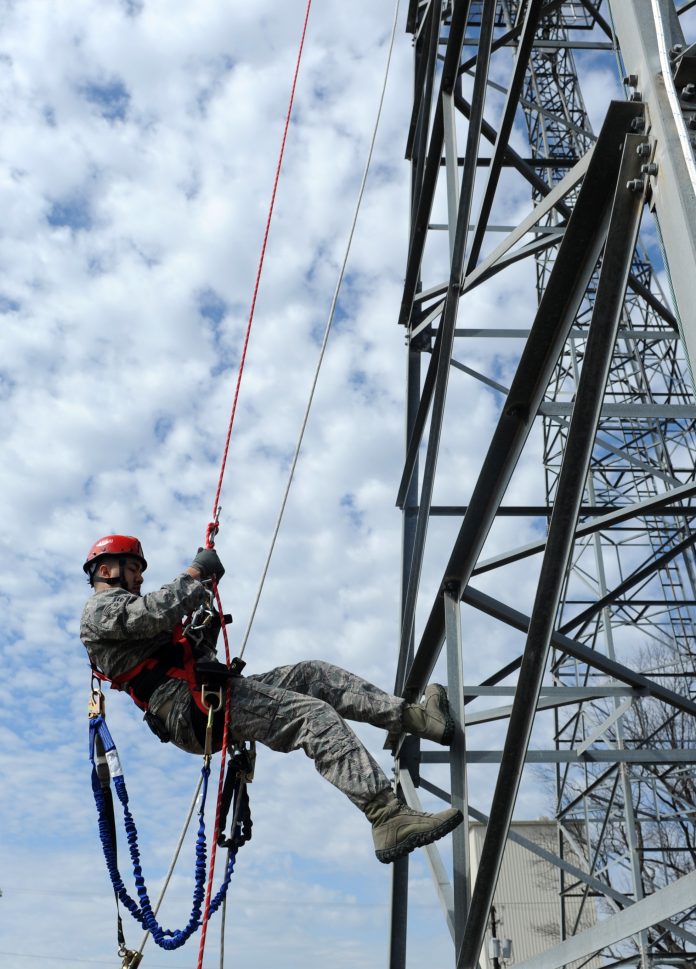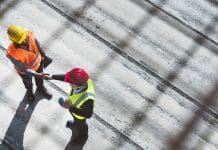David Pojur, health and safety barrister at St John’s Buildings Chambers, comments on the risky definitions of roles when working at height, and the potential implications when corners are cut
When working at height, the identification of roles by the Health and Safety Executive (HSE) has never been more relevant. Contracted roofers account for nearly 25% of all those killed when working at height. The work is obviously high risk, so why is the figure for fatalities so high? The links in the chain, from client to contractor or roofer, are not as straightforward in law as it seems. The HSE Guidance applies equally to a small domestic project as it does to large-scale endeavours such as HS2.
Any one of the links in the chain – individual or company – which causes an act or omission resulting in death, can find themselves facing any range of charges. These can vary from a breach of the ‘Construction Design and Management Regulations 2015 (CDM)’ to corporate manslaughter.
Prosecutors can run into difficulties if they do not apportion roles correctly. This can be especially complicated in multi-handed cases where both individuals and companies are charged from separate legal entities. If there are complications in proceedings, evidence will need to be called to clarify who is homeowner, designer, client, principal contractor, and contractor, to know where they fit it.
A recent corporate manslaughter trial spent several days going through the ‘Construction (Design and Management) Regulations 2015’ (CMD) for this very purpose – a lot of the obligations overlap.
One of the key issues is that there is no in-depth mandatory training in the construction industry. Where there might be a general understanding of co-working relationships, parties to a construction project will rarely sit down to work through responsibilities. The quality of knowledge throughout the industry is also variable. Guides and regulations are available on the HSE website for all involved in working at height, but a significant number of stakeholders will not invest in proper health and safety planning. This also relates to homeowners who do up a second property.
For some construction workers, access to toilets and running water at work is a luxury. If some employers are getting away with that, there is no incentive to employ a health and safety consultant, or send in-house staff on training. Corners will frequently be cut.
A domestic homeowner has responsibilities to those they employ to undertake the work, but the responsibilities become acute if they fund it through a commercial shell company. They are clients, and under ‘Regulation 5 of the CMD’ are accountable for managing building projects even if they have no idea about construction. ‘Regulation 7’ does help pass some of the duties on to other duty-holders. The client has a major influence on the way a construction project is procured and managed. Is the client who obtains a commercial loan through a company for a new home a ‘principal contractor’ if they get someone in to do the works?
Anyone who directly employs or engages construction workers is classed as a contractor. They are the most important link in the chain, as they will employ or subcontract. Typically, those under their control are most at risk of falls from height. They will assess netting under a fragile roof or Easi-decking – lightweight metal walkways layed over fragile roof. If such measures, and records of the measures, are absent, this will render the director and management personnel potentially subject to the charge of ‘Gross Negligence Manslaughter’ and also ‘Corporate Manslaughter’.
Clients, contractors and designers are supposed to work together to minimise the risk of falls. Then they have to ensure that each other party is competent, and share information prior to any work. There must first be plans, a survey and a health and safety file. Under CMD, the contractor is duty bound to ensure the client is aware of their own health and safety obligations and must refuse to carry out work unless they have confirmed the same.
Contractors will often engage self-employed roofers to carry out high-risk work. There may be no interview, competence checks other than the recommendation of another roofer. More often it is those young men who fall from height.
Roofers may find a lack of provision of ladders resulting in them climbing up scaffolding, to strip a roof – the risk at height in such cases is obvious. Overstretched companies with teams at various locations may mean unsafe practices ensue under the radar. Inducting staff into the new job may also be missed. Each duty holder needs to know what the other is doing, and duties cannot be delegated.
Once a fall results in serious injury or death, different charges against different duty holders can often pit one against another in a cut-throat defence. Whilst some of the duties in regulations overlap between duty-holders, all roles and responsibilities are caught.
Whilst a lot of safety law is common sense, the definition attributed to who is the contractor versus the principal contractor is crucial. Resources, technical capability and accredited safety schemes indicating a safety system will be scrutinised under the gaze of the jury and grieving relatives.
Unless there are adequate funds within companies, and an understanding of their roles and those of others which they are working with, corners will continue to be cut and accidents will occur. The definitions of parties and obligations under the ‘Construction Design and Management Regulations 2015’ will continue to play an essential role in enforcement, trial and sentencing. Investment in training and due diligence is essential to ensure the construction team from client to roofer is competent, and this should reduce the risk of fatalities in the future.
 David Pojur
David Pojur
Health and safety barrister
St John’s Buildings Chambers
Twitter: @sjbnews
LinkedIn: St Johns Buildings Chambers

















